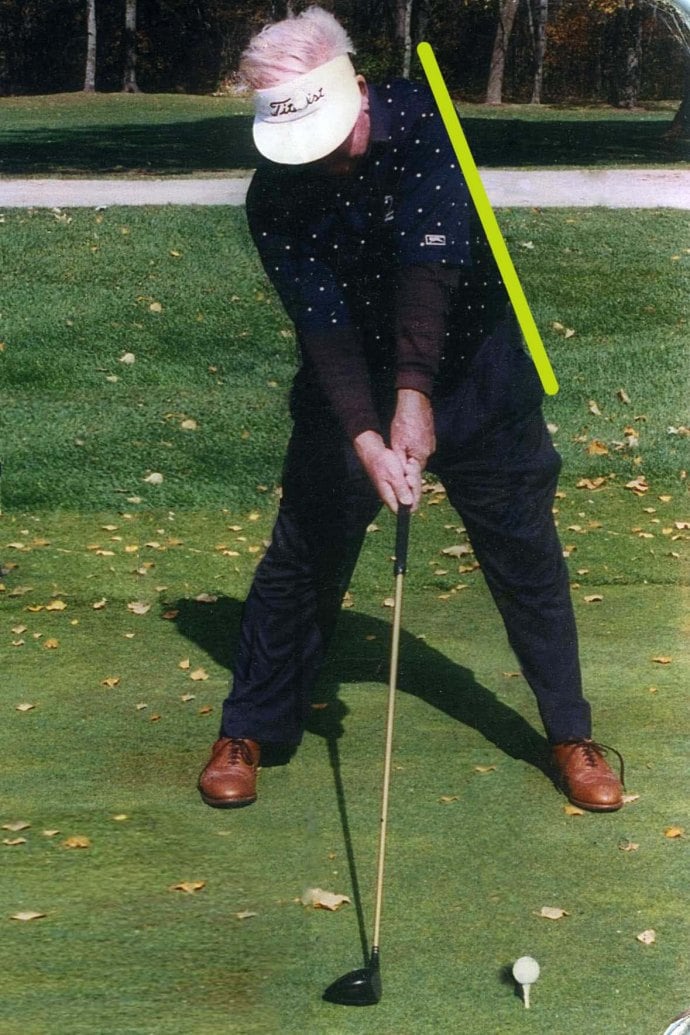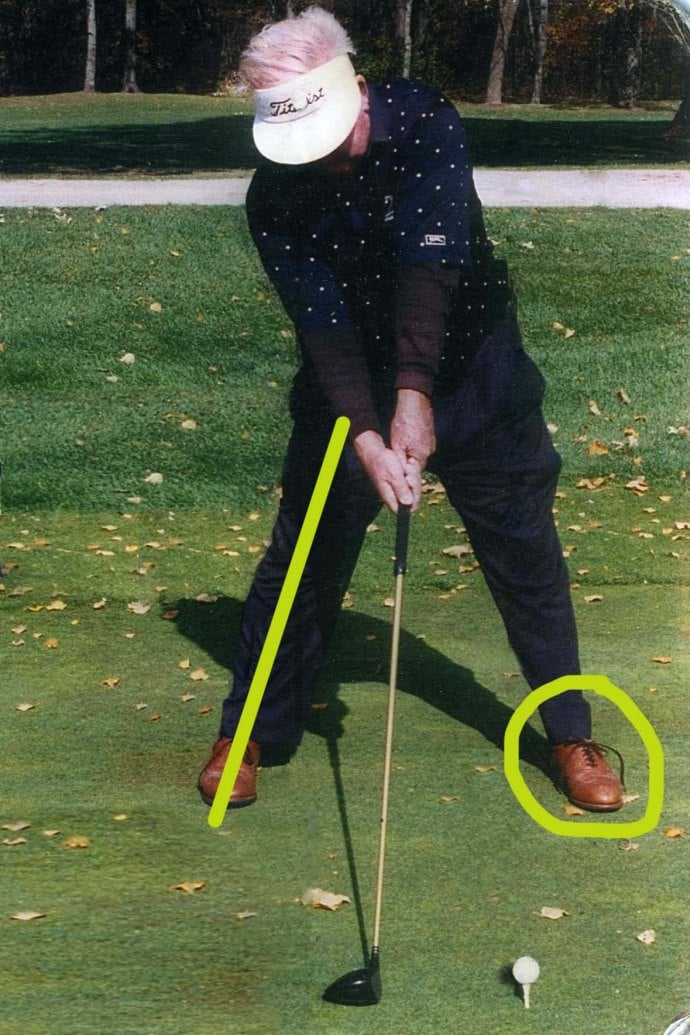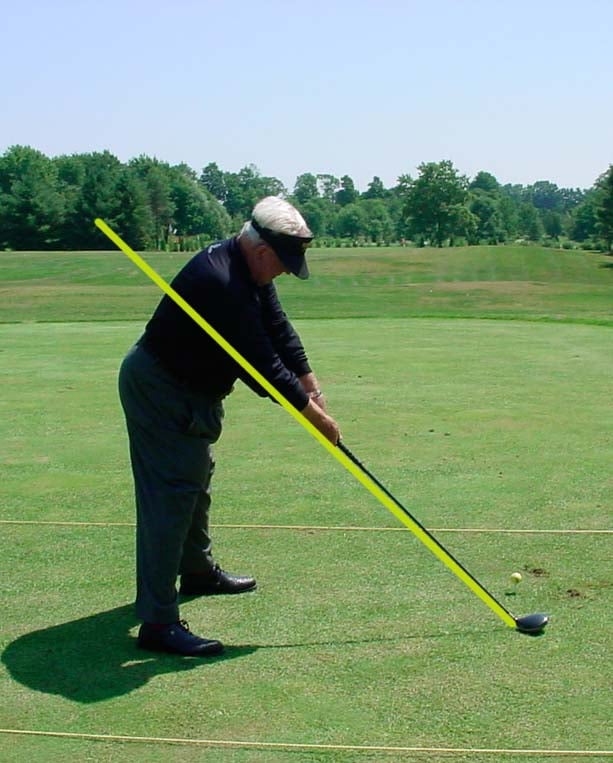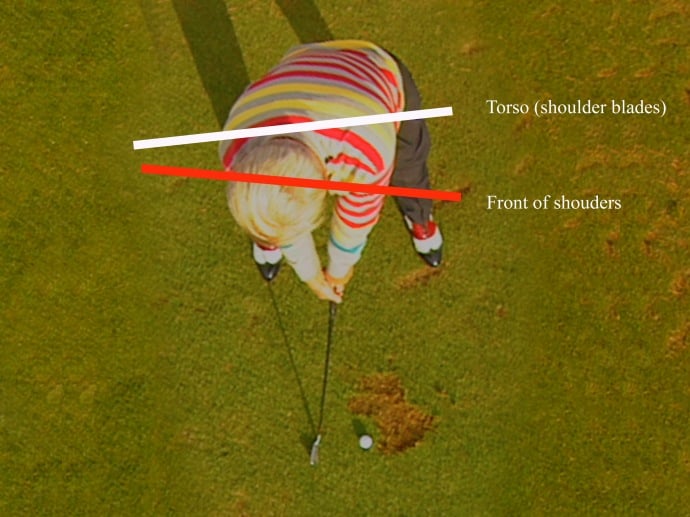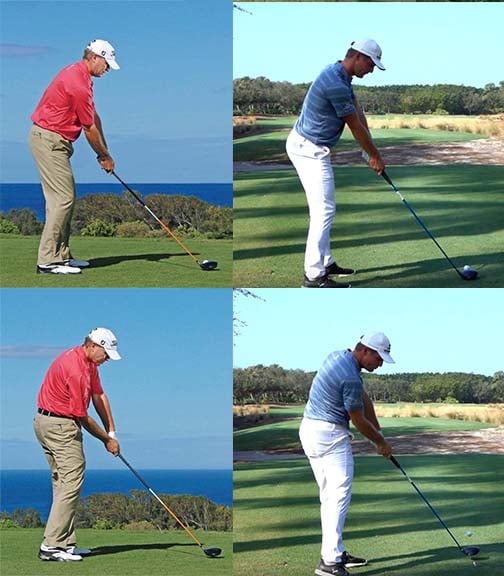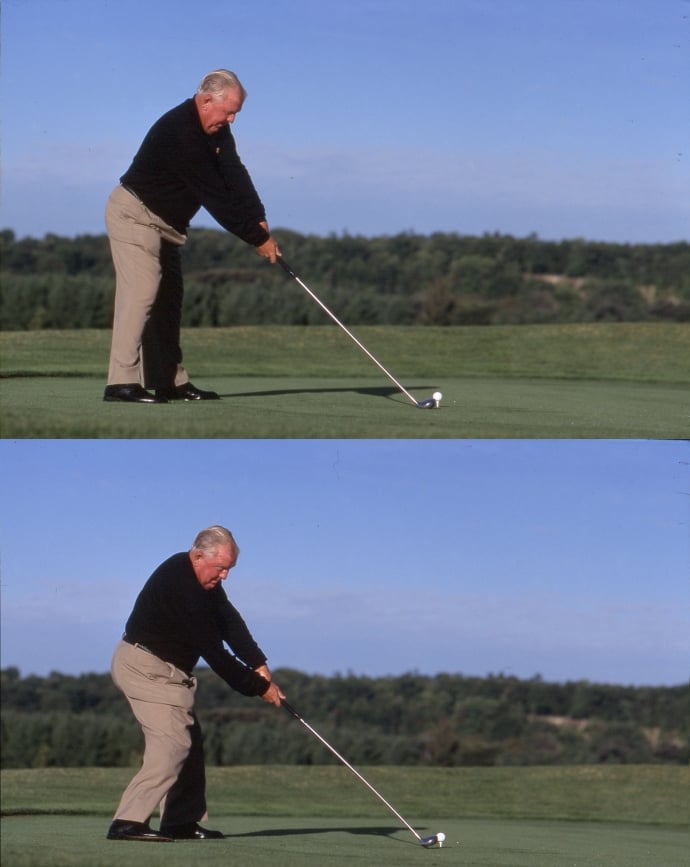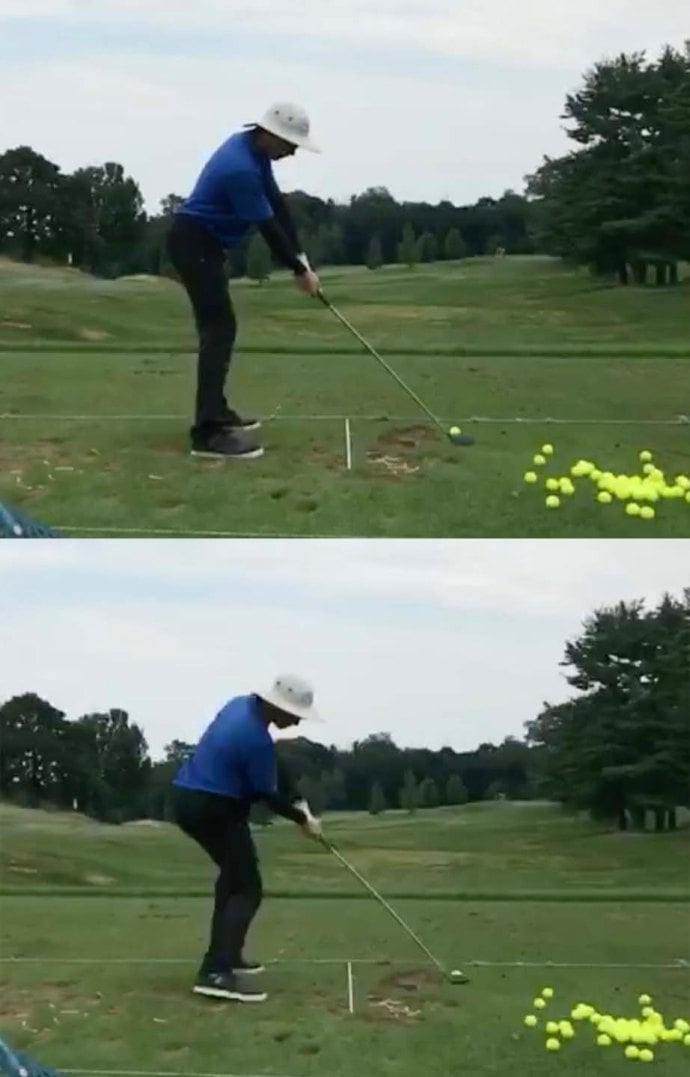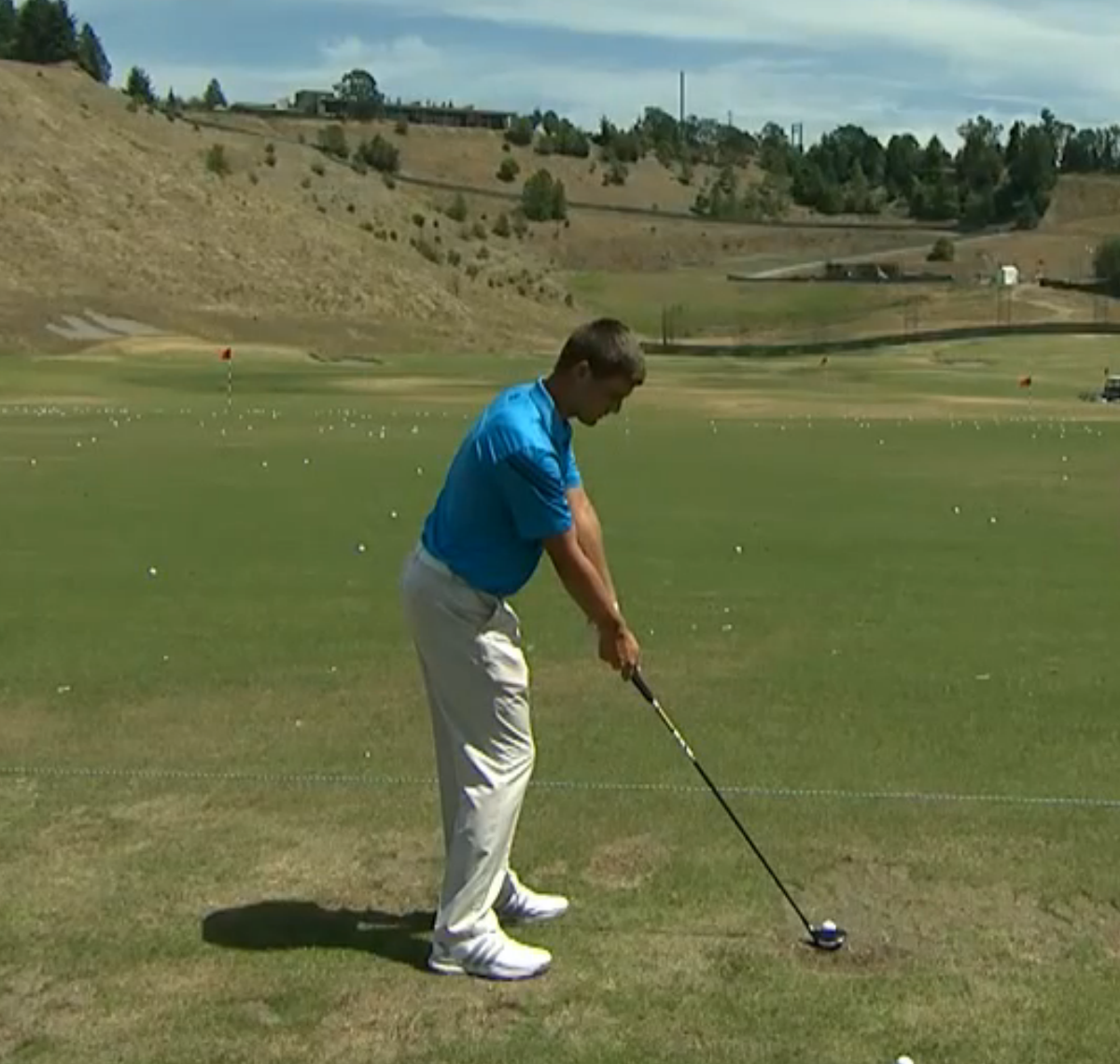It’s Coach Todd here. I have my coaching hat on. I’m not here to discuss your swing technique. I’m here to talk about you. We need to have a heart-to-heart.
I get worried this time of year because we plan our spring schedule, and our schools fill quickly. We have limited seats. Then I hear later in the year that students missed out, and they wait an entire year to come to a school. A whole year! That’s way too long.
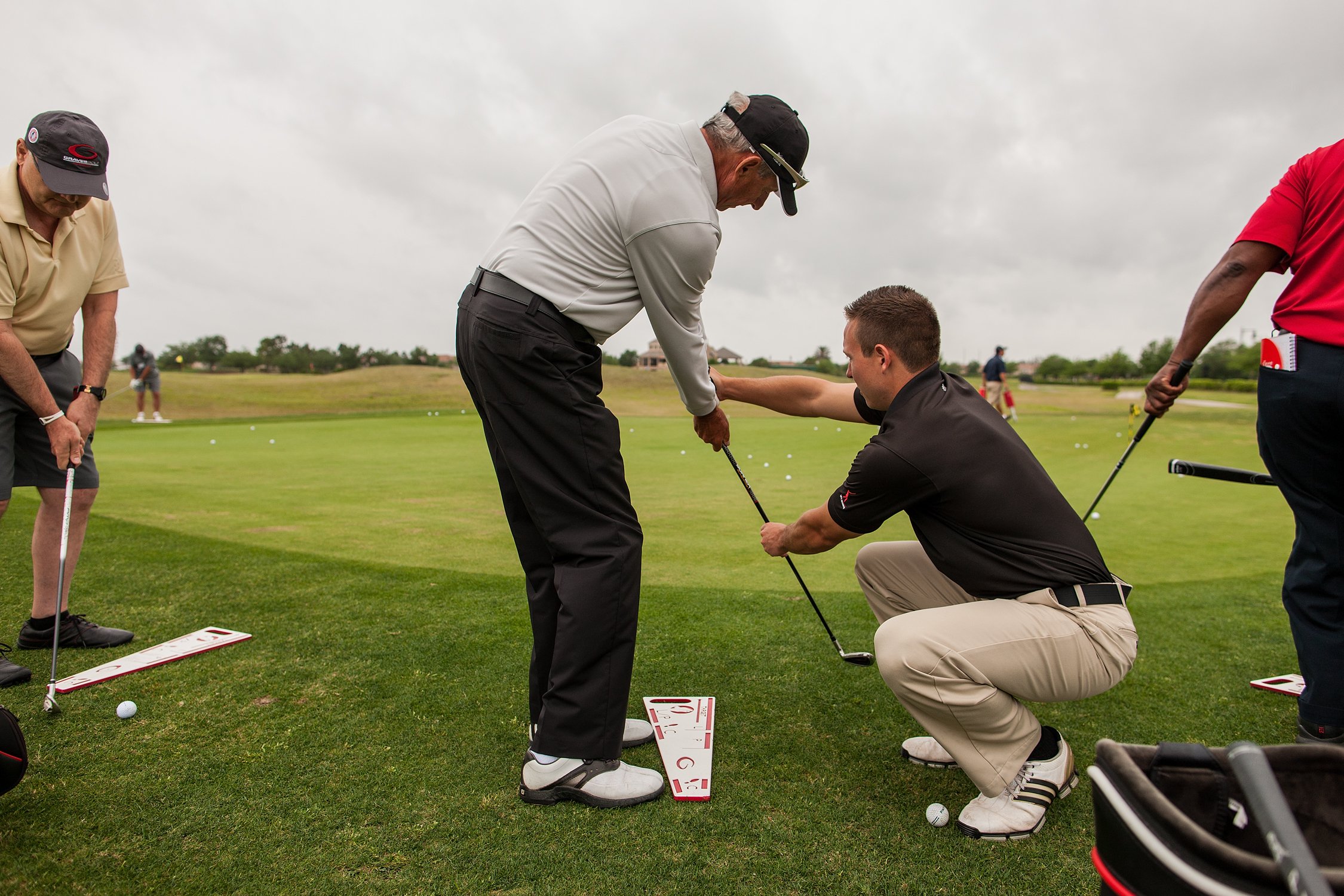
If you are planning on coming to a GGA school, you need to register now. Don’t wait. I don’t want you to miss out. If you haven’t made up your mind yet – I have some profound unsolicited advice for you. If you plan on attending a GGA School, we expect you to –
Raise your standard and your expectations about your golf swing.
That’s right. You need to stop accepting your current golf game. Right now you are taking it to easy on yourself. You agree to mediocrity. You complain that golf is hard and you struggle every year but you don’t do anything about it. It’s time to do something. You need to change. It’s time to get some real results. Now. Let me ask you.
If not now, when?
Look, you and I aren’t getting any younger. We are on the same trip – traveling on the same planet – our ship is headed in the same direction. The only opportunity we have is today. It takes time to make changes, and you need to start now.
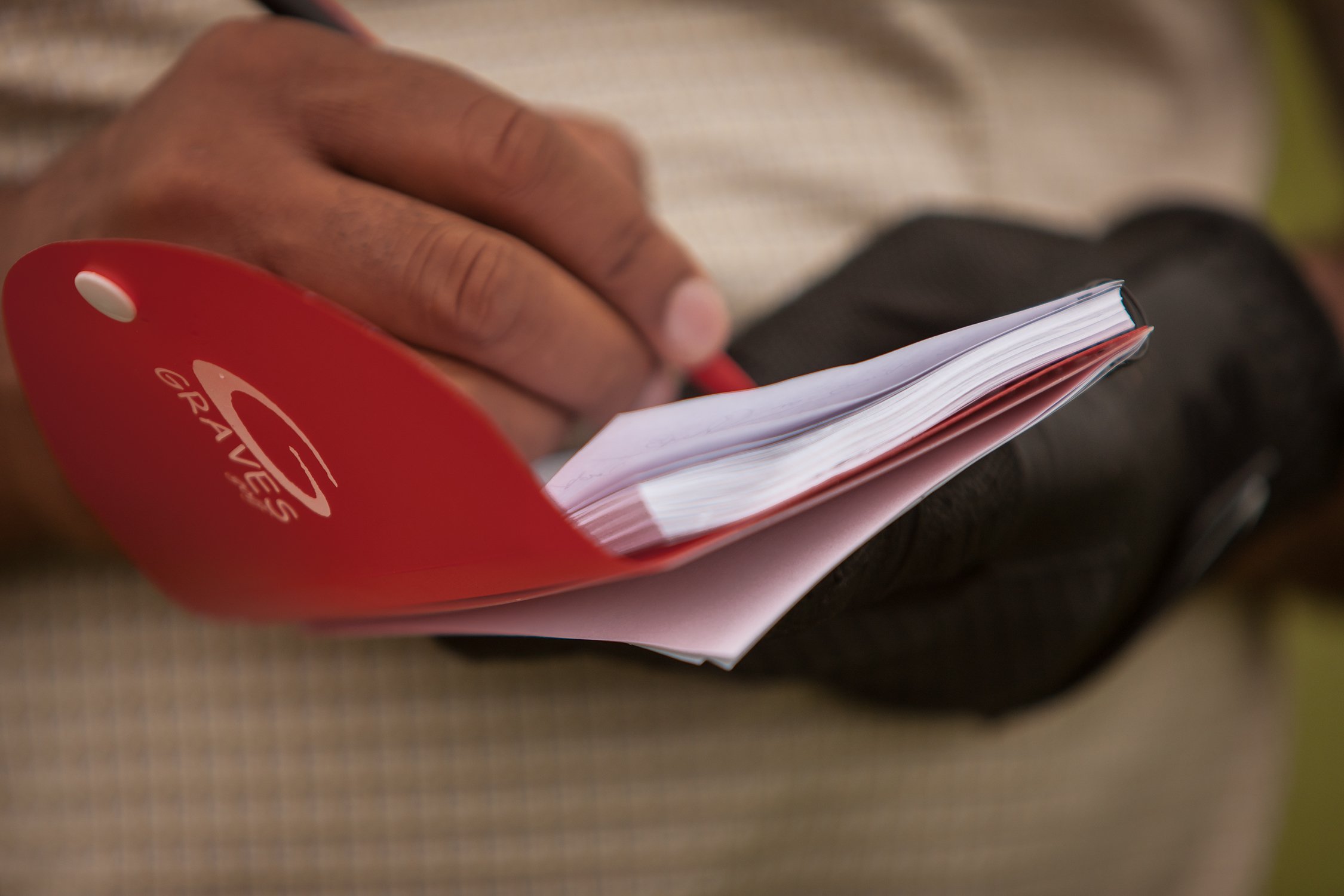
By the way, this isn’t just my advice. This guidance was given to me by Tony Robbins a few years ago when I was sleeping through my life. His no B.S. approach woke me up, and he was right. I was accepting mediocrity and making dozens of excuses about why I wasn’t successful. I was telling myself lies, and I believed them. Things like “I don’t have the time” or “I’m just not strong enough.”
Today I am involved in one of the most successful golf schools on the planet – because I raised my expectations. I stopped making excuses. I raised my standards. Thank you, Tony.
He showed me that the things I was telling myself were B.S. I know because I went to work and overcame them. I realized that my beliefs, the stories I was telling myself, weren’t right. Once I realized this, my entire world changed.
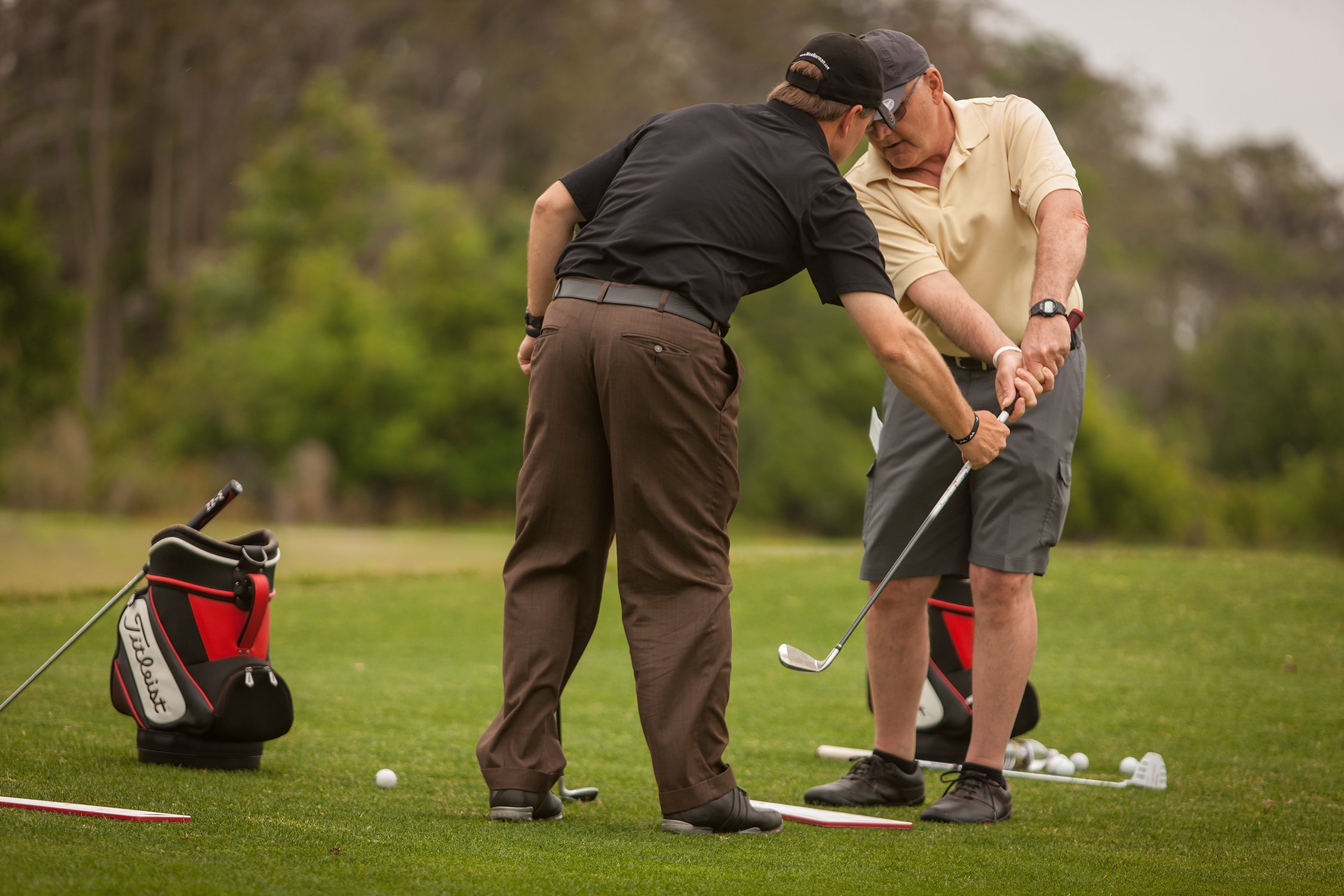
But, you know what the best thing about it was? It helped the people around me too. That’s right. When you raise your standards, the people around you grow their standards also. Their lives get better because I decided to stop suffering. It’s a win/win! But it only happened once I stopped telling myself lies.
I’m telling you that right now, at this exact moment, you are lying to yourself about your potential – and you are suffering because of it. I promise.
So what are you going to do about it? Here is an excellent place to start. Let’s find out what you are telling yourself about your golf game.
1. Old dogs can’t learn new tricks.
I’ve heard this one thousand times, and I’ve taught hundreds of old dog’s new golf swings. I witness hundreds of transformations at the schools. We get thousands of testimonials each year from golfers who were transformed from learning the Single Plane Swing. I promise that you will learn something new within the fifteen minutes of a golf school or I’ll give you your money back.
2. I don’t have the time.
You know it as well as I do, you always have time if you want to have time. I told this one to Tony, and he said that it wasn’t that I didn’t have the time it was that I didn’t want it bad enough. Heck, twenty-three years ago I drove across the United States to watch Moe hit balls so I could learn his swing. If you want something – you do it. It’s that simple.
3. I don’t want to change my swing – it will take too long.
This excuse makes no sense to me. Would you somewhat suffer forever than make a few changes? Do you want to look back at your life and say “I should have?”
4. I don’t like to practice
At one-point, practicing wasn’t fun anymore. Tony told me was asking the wrong question. He then asked – “What if you loved to practice. What if you couldn’t wait to get up every day and get to the golf course to practice?” What would your life be like? What would your golf game be like?
Not only do we lie to ourselves, we ask ourselves the wrong questions. Instead of saying “I can’t do something” ask yourself “What if you could? “. This simple change in how you frame things changes everything.
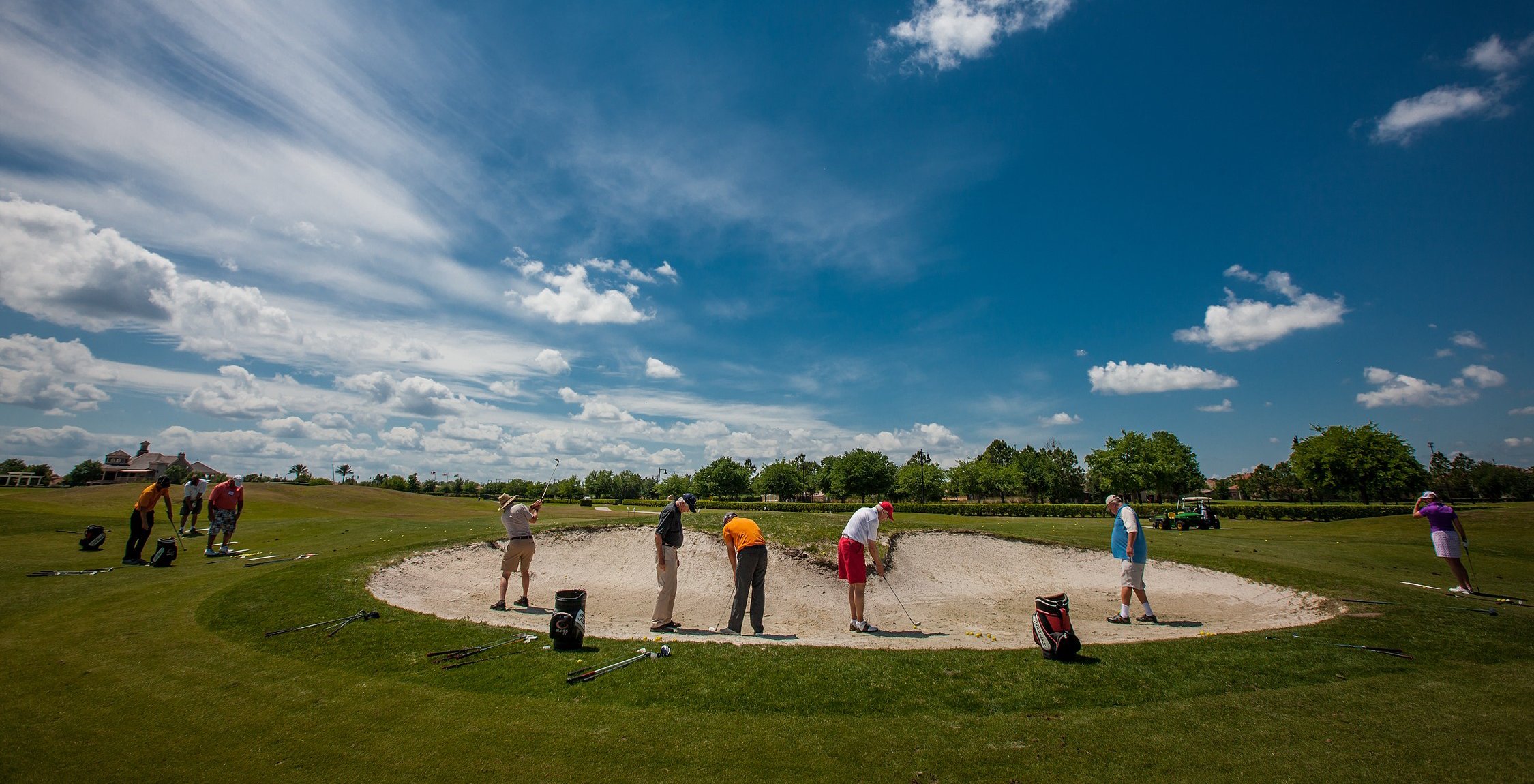
Here’s the deal. I want to help you. The entire GGA Team wants to help you and see you succeed. We will do everything in our power to help you – if you will raise your standards and see us.
I want to come to a school, and I want to be tough on you. Why? Because I want you to raise your standards, I want you to change and I want results.
